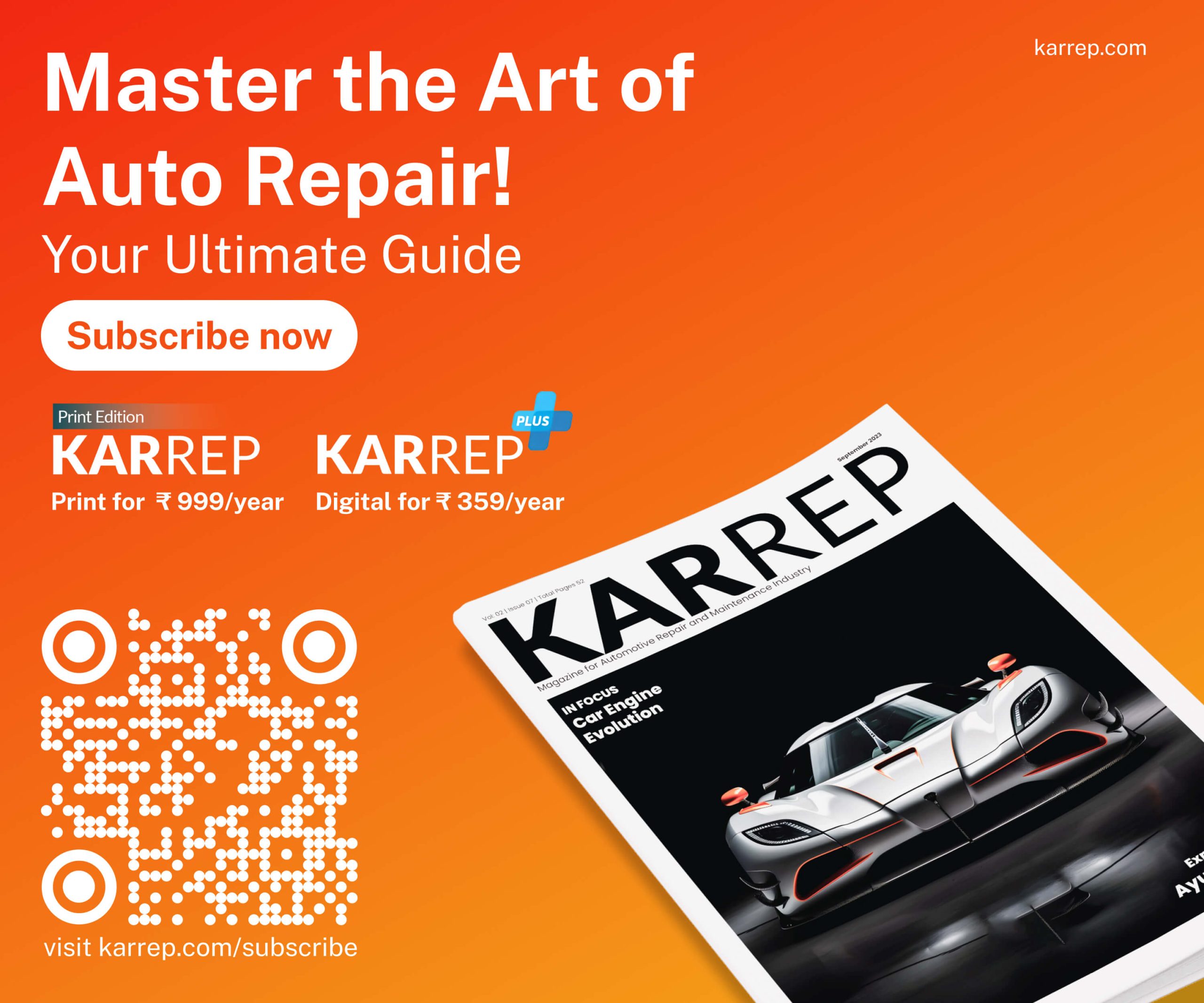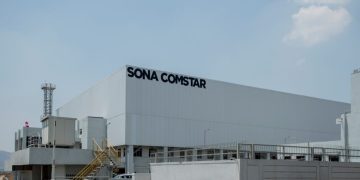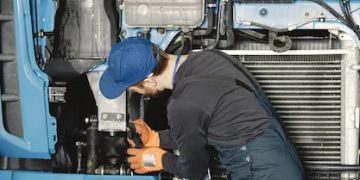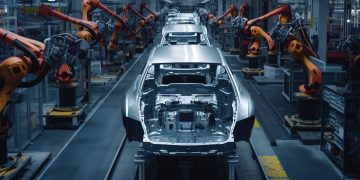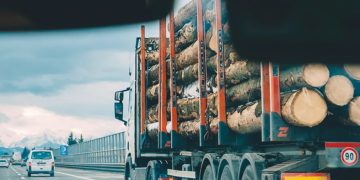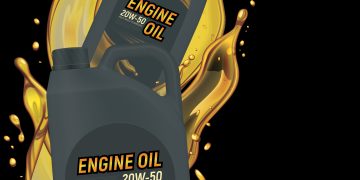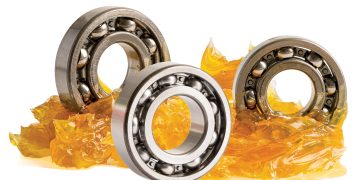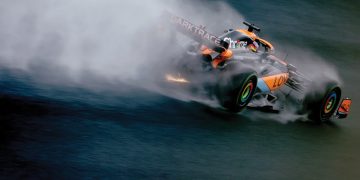The body structure are often subject to vehicle collision which can be accidental or intentional. This article investigates collision impacts, damages occurred in collisional and crash effect on chassis and unibody.
The body structure is attached to the frame by rubber mounts. The rubber body mounts reduce the effects of road shocks traveling from the frame to the body. This quiets the ride in the passenger compartment. In the event of a large impact or collision, the bolts of the rubber mounts might bend, result is a gap between the frame and the body. Also, Frame deformation can be broken down into five categories:
1. Side damage
2. Sag damage
3. Mash damage
4. Diamond damage
5. Twist damage
Side damage
Collision impacts that occur from the side often cause a side sway frame bending damage, Side damage usually occurs in the front or rear of the vehicle. Generally, it is possible to notice side damage by noting whether there are buckles on the inside of one rail and buckles on the outside of the opposite side rail.

Side damage can be recognized by abnormalities, such as a gap at the door on one side and crumple on the other side.
Any way we can divided the side damage for three categories:
1. Side sway damage

2.Rear side-sway damage

3.Double side-sway on the frame’s outer section. (banana)

Impact damage can be noticed from seeing the difference in gaps between car parts, such as the hood and deck lid and doors.
Sag damage
Sag (go down) damage is a condition in which one area, often the cowl area, is lower than normal.

The structure has a swayback appearance. Sag damage generally is caused by a direct impact from the front or from the rear. It can occur on one side of the vehicle or on both sides.

Sag can usually be detected visually by a gap between the fender and the door that is narrow at the top and wide at the bottom. Sag is the most common type of damage and occurs in most vehicles that are involved in an accident.
Enough sag in a frame can prevent body panel alignment even if wrinkles or kinks are not visible in the frame itself.
Mash damage
Mash damage (shortage) is happened when any section or frame member of the car is shorter than factory specifications.


Mash is usually limited to the areas forward of the cowl and rearward of the rear window. Doors might fit well and appear to be undisturbed. Wrinkles and severe distortion will be found in fenders, the hood, and possibly frame rails or horns. The frame will rise upward at the top of the wheel arch causing the spring housing to collapse.
With mash damage, there is very little vertical displacement of the bumper. The damage results from direct front or rear collisions.

Diamond damage
Diamond damage is a condition where one side of the car has been moved to the rear or front causing the frame and/or body to be out of square.

The resulting shape is a figure similar to a parallelogram and is caused by a hard impact on a corner or off-center from the front or rear. Diamond damage affects the entire frame with misalignment. There is usually some mash and sag combined with the diamond.
Twist damage
Twist damage is a condition where one corner of the car is higher than normal; the opposite corner might be lower than normal.

Twist can happen when a car hits a curb (stationary body) or median strip at high speed. It is also common in rollovers. A careful inspection reveals no apparent damage to the sheet metal. However, the real damage is hidden underneath. One corner of the car has been driven upward by the impact. Most likely, the adjacent corner is twisted downward. If one corner of the car is sagging close to the ground as looks as a coil spring is weak, the car should be checked for twist.
Collision effect on Unibody

The unibody The unibody vehicle is designed to absorb a collision impact. When hit, the body it folds and collapses as it absorbs energy.
As the force penetrates the structure, it is absorbed by an ever increasing area of the unibody. This characteristic spreads the force until it is completely dissipated. Visualize the point of impact as the tip of the cone.
The tip of the cone is the primary damage area, because unibodies are structured entirely from the joining of pieces of thin sheet metal, the shock of a collision is absorbed by a large portion of the body shell.
The effects of the impact shock wave as it travels through the body structure are called secondary damage.
A unibody vehicle is designed with crush zones or areas at the front and rear. Crush zones are engineered to collapse to protect a vehicle’s passengers and to localize damage.
So front impact shocks are absorbed by the front body section and crush zones and rear shocks are absorbed by the rear body section and crush zones too.
Side shocks will be absorbed by the rocker panel, roof side frame, center pillar, and door.


Author
Business Development Manager
JoClaims Amman – Jordan
E-mail: basheerahmadsalem@gmail.com
Mobile: 00962796998212

